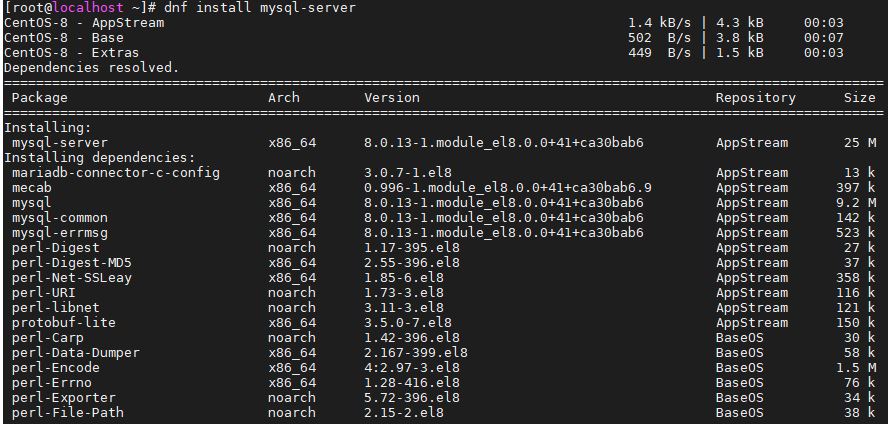

See Secure Connections Overview: Certificate Authorities (CAs) for more information. The directory specified by this option needs to be run through the openssl rehash command. This option requires that you use the absolute path, not a relative path. This option implies the -ssl option.ĭefines a path to a directory that contains one or more PEM files that should each contain one X509 certificate for a trusted Certificate Authority (CA) to use for TLS. In order to verify the server certificate, the user must specify the -ssl-verify-server-cert option.ĭefines a path to a PEM file that should contain one or more X509 certificates for trusted Certificate Authorities (CAs) to use for TLS. Starting with MariaDB 10.2, the -ssl option will not enable verifying the server certificate by default.

TLS is also enabled even without setting this option when certain other TLS options are set. If -count is not given, mysqladmin executes commands indefinitely until interrupted.įor connections to localhost, the Unix socket file to use, or, on Windows, the name of the named pipe to use.Įnables TLS. The -count option determines the number of iterations. Silently exit if one can't connect to server.Įxecute commands repeatedly, sleeping for delay seconds in between. Maximum number of seconds to wait for server shutdown. Please note that this option is deprecated you can set variables directly with -variable-name=value. Currently only works with extended-status.Ĭhange the value of a variable.

Show difference between current and previous values when used with -i. The protocol to use for connection (tcp, socket, pipe, memory). Port number to use for connection, or 0 for default to, in order of preference, my.cnf, $MYSQL_TCP_PORT, /etc/services, built-in default (3306). This option applies only if the server supports named-pipe connections. On Windows, connect to the server via a named pipe.
#Starting mysql database server mysqld password
If password is not given it's asked from the terminal. Password to use when connecting to server. Suppress the SQL command(s) from being written to the binary log by enabling sql_log_bin=0 for the session, or, from MariaDB 10.2.7 and MariaDB 10.1.24, for flush commands only, using FLUSH LOCAL rather than SET sql_log_bin=0, so the privilege requirement is RELOAD rather than SUPER. Print debugging information and memory and CPU usage statistics when the program exits.ĭefault authentication client-side plugin to use.ĭon't ask for confirmation on drop database with multiple commands, continue even if an error occurs. The default is d:t:o,/tmp/ace.Ĭheck memory and open file usage at exit. A typical debug_options string is d:t:o,file_name.

Maximum time in seconds before connection timeout. The web server works fine the websites are online but the mysql server don't work only.Directory where the character set files are located.Ĭompress all information sent between the client and the server if both support compression. The mysql server don't want start after a backup image form the disk image imported on the server. Jun 15 20:37:06 systemd: Unit rvice entered failed state. Jun 15 20:37:06 systemd: Failed to start LSB: Start and stop the mysql database server daemon. Jun 15 20:37:06 systemd: rvice: control process exited, code=exited status=1 Jun 15 20:37:06 mysql: Starting MySQL database server: mysqld. Process: 7791 ExecStart=/etc/init.d/mysql start (code=exited, status=1/FAILURE) rvice - LSB: Start and stop the mysql database server daemonĪctive: failed (Result: exit-code) since Wed 20:37:06 EDT 4min 26s ago.My vestaCP server gives this systemctl status rvice -l


 0 kommentar(er)
0 kommentar(er)
